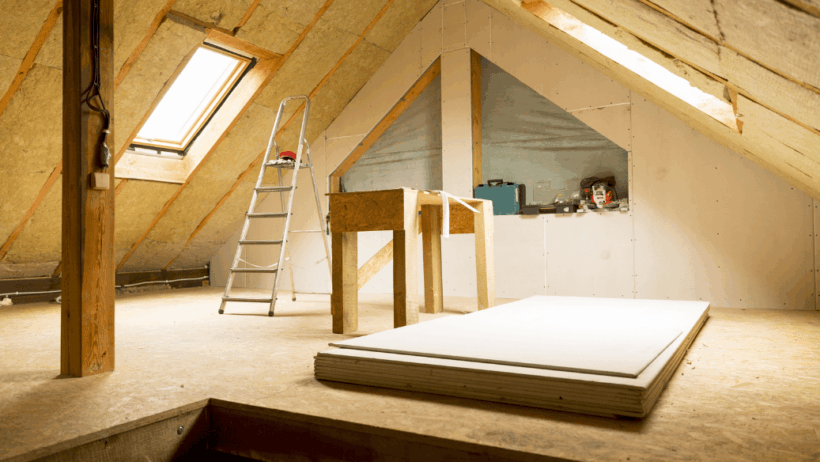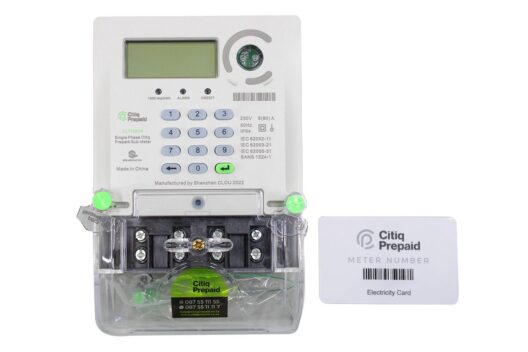In the grand tapestry of our homes, the attic is often an unheralded hero. This often-overlooked space, nestled beneath the roof, serves as a critical junction in the battle against energy inefficiency. Despite its unassuming nature, the attic can be a bastion for energy conservation. With creativity and a touch of ingenuity, one can discover remarkable, often surprising methods to reduce energy consumption while enhancing the overall atmosphere of the home.
First and foremost, the insulation of the attic is paramount. Imagine your attic as a giant thermos; it should keep the heat in during winter and the cool air during summer. A well-insulated attic acts as a protective barrier, preventing thermal transference. Traditional fiberglass insulation is common, yet there exist unconventional options such as spray foam insulation. This product not only adheres to every nook and cranny of your attic but also expands upon application, sealing gaps that conventional materials might overlook. Thus, the use of spray foam is akin to donning a snug, protective sweater on a chilly day, trapping warmth and keeping the cold at bay.
Ventilation is another crucial element in maintaining an energy-efficient attic. Good airflow prevents heat buildup during the hot months and reduces the strain on cooling systems. Installing ridge vents, soffit vents, or gable vents can alleviate stagnant air, enhancing the overall air exchange within the attic’s confines. Consider these vents as the lungs of your home; they breathe life into the structure, keeping it fresh and balanced. Furthermore, incorporating a whole house fan can amplify this effect, drawing warm air out and ushering in cooler air, akin to letting a cool breeze waft through a sun-soaked garden.
Moisture control is yet another layer of the energy conservation conundrum. Excess humidity can lead to mold growth and compromise the integrity of the insulation. Employing a vapor barrier on the attic floor can mitigate moisture intrusion, protecting not only the structural elements but also ensuring the efficiency of your insulation. Think of this barrier as a raincoat for your attic—it keeps the elements out while allowing the space to function optimally.
The installation of energy-efficient windows can also play a transformative role in an attic’s energy management. Traditional windows can be culprits of thermal loss, allowing heat to escape in winter and inviting it in during summer. However, energy-efficient windows come with advanced glazing technology that reflects sunlight and minimizes heat transference. This improvement is reminiscent of wearing reflective sunglasses: they shield your eyes from glare while keeping you cool. The same principle applies to windows; they can dramatically alter the comfort level of the space and reduce dependency on heating and cooling systems.
Lighting in the attic often goes unnoticed, yet it can have a significant impact on energy usage. Often illuminated by traditional incandescent bulbs, attics can become hot spots that require excessive cooling. Transitioning to LED lighting is a surprisingly simple fix that yields substantial savings over time. These lights offer longevity and energy efficiency, akin to trading in a gas-guzzling car for a sleek, electric alternative. Additionally, incorporating skylights not only allows natural light to flood the space but also reduces reliance on artificial lighting during the day, contributing further to energy conservation.
In addition to the physical attributes of the attic, one must also examine the systemic aspects of energy conservation. Homeowners should consider adopting a conscious approach to energy reforms. The simple act of adjusting the thermostat settings according to the seasons can yield notable savings. For instance, lowering the thermostat a few degrees in the winter or raising it a tad during the summer months translates into significant long-term energy reductions. This is akin to managing the throttle on an engine—every little adjustment can lead to optimal performance.
Moreover, embracing smart technology can streamline the entire energy conservation process. Smart thermostats can learn your routines and adjust heating and cooling automatically, aligning energy use with actual occupancy. This automated approach allows you to conserve energy effortlessly, as if having a skilled personal assistant managing your energy expenditures. Coupling smart devices with energy-efficient appliances throughout the home amplifies the benefits gained in the attic and promotes a synergistic approach to conservation.
As with any endeavor, regular maintenance is the linchpin to sustained success. Scheduling periodic inspections of the attic can reveal hidden issues—such as pests, leaks, or insulation degradation—that can undermine energy efficiency. This proactive stance mirrors the routine maintenance one might perform on a prized vehicle, ensuring that all components function harmoniously and efficiently.
In conclusion, the attic is much more than a mere storage space; it is a canvas of potential waiting to be harnessed for energy conservation. By embracing a combination of innovative insulation techniques, dynamic ventilation strategies, moisture control, energy-efficient lighting and windows, and an overarching systemic approach to energy use, homeowners can achieve remarkable reductions in energy consumption. Moreover, this journey toward an eco-friendlier home can be as rewarding and fulfilling as witnessing the vibrant hues of a sunset after a long day. The secrets of the attic hold the power to not only enhance comfort and reduce costs but also contribute meaningfully to the broader narrative of climate change mitigation.







